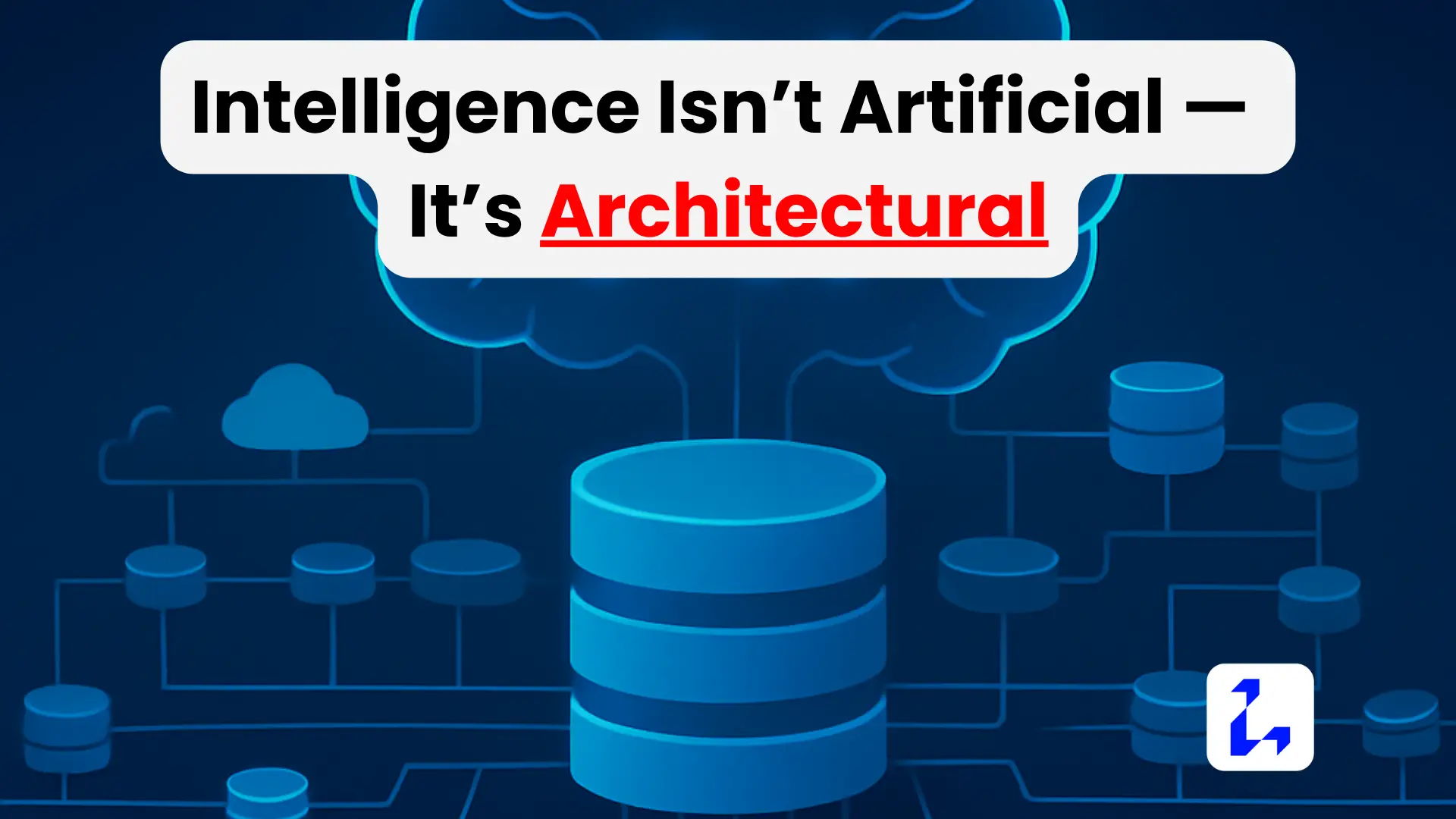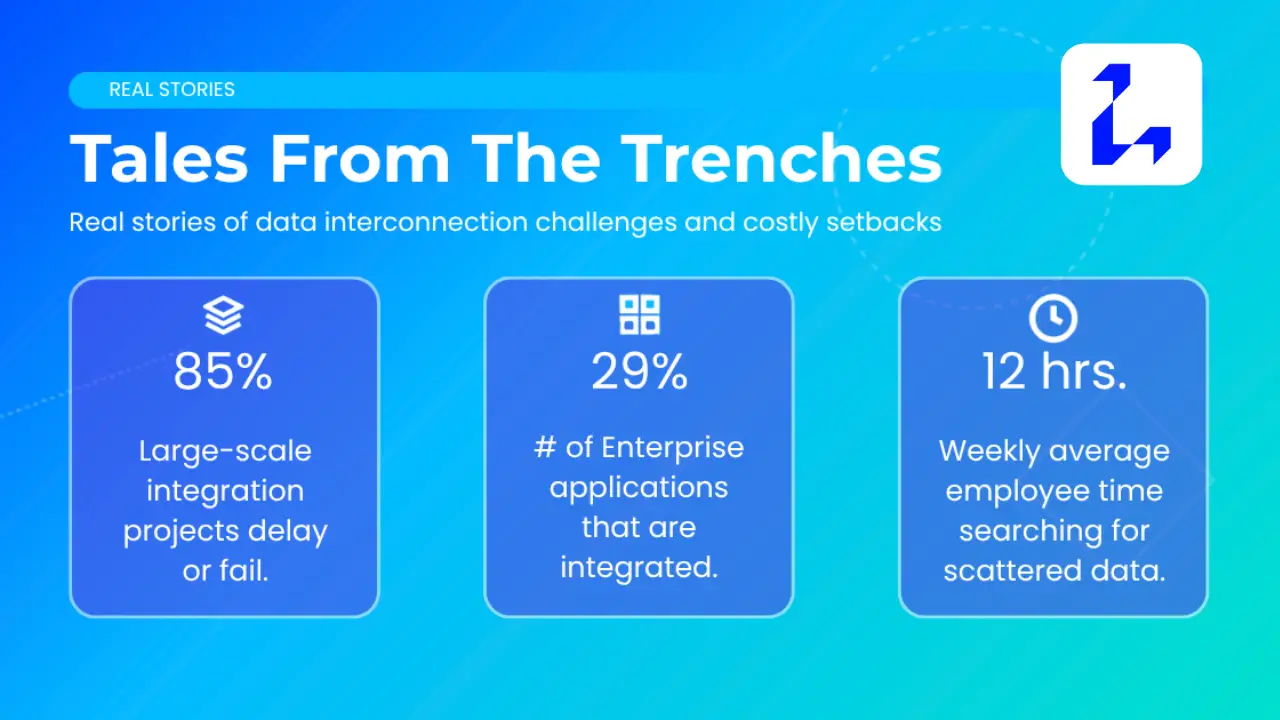Summary
Stewardship is the hidden link between ambitious business strategy and real, measurable results. Good data stewardship ensures information stays accurate, secure, and useful—driving reliable decision-making in dynamic markets.
“Data stewardship is about making governance real—turning policies into the day-to-day work of delivering business value.” — ProArch, 2025
What Is Data Stewardship?
Data stewardship is the practice of managing and overseeing an organization’s information assets so data can be trusted for business-critical use. Think of it as appointing dedicated “caregivers” for data: these stewards maintain quality, ensure compliance, and keep information aligned with evolving goals.
A steward’s duties include:
- Setting and enforcing data quality and access standards.
- Overseeing the data lifecycle, from creation to archival and deletion.
- Championing consistency and accuracy so all business units use “one version of the truth.”
- Safeguarding sensitive records to comply with regulations.
Why Stewardship Is Essential—And Often Overlooked
A data governance program without stewardship is like a law with no enforcement. Rules exist, but without stewards they rarely shape day-to-day decisions. Modern research shows 80% of companies fail to scale digital business because they rely only on governance policies, not on active stewardship.
Poor stewardship takes a heavy toll:
- U.S. organizations lose an estimated $3 trillion each year to bad data, often due to redundant, siloed, or inaccurate information.
- Compliance missteps (one “Excel error” cost JPMorgan Chase $6 billion) underscore how easily oversight gaps can grow into headline risks.
Conversely, good data stewardship fosters:
- Confident, faster decision-making by business leaders.
- Stronger compliance and better audit outcomes.
- Smarter analytics, machine learning, and AI investments—where data quality is critical.
Real-World Application: Why Stewards Matter for COOs
Chief Operating Officers live in the crucible of process, compliance, and efficiency. Without sound data stewardship, the following pain points surface:
- Metrics and dashboards lose meaning because underlying data is inconsistent.
- Operations teams spend time “firefighting” issues that stem from unseen data flaws.
- Cross-department projects slow due to unclear data ownership or lack of shared definitions.
Top-performing organizations turn this story around. Research shows companies with formal stewardship programs enjoy up to 30% faster project delivery and sharper competitive insights. More than 80% of public sector leaders report “greater trust in decision-making” after implementing stewardship programs.
How It All Comes Together
Key components of successful data stewardship include:
- Clear roles and accountability: Every critical data set has a named steward (not just IT!).
- Technology enablement: Data catalogs and observability dashboards support stewards by flagging errors and providing lineage views.
- Culture of data literacy: Training makes data health everyone’s responsibility, not a back-office task.
- Collaboration between IT and business: The best stewards work within operational teams, bridging business needs and technical rules.
Takeaway for COOs
The surest marker of organizational health is the quality and usability of its data. Stewardship is rarely flashy. Yet, when overlooked, it triggers delays, risk, and wasted investment. When prioritized, it powers trust, speed, and innovation from the ground up.
The COOs who invest in steward roles, clear processes, and data-centric culture will find their organizations more agile and resilient—even as data-driven change accelerates.






